The 10 Best Books of 2019
The editors of The Times Book Review choose the best fiction and nonfiction titles this year.
Published Nov. 22, 2019 Updated Nov. 25, 2019
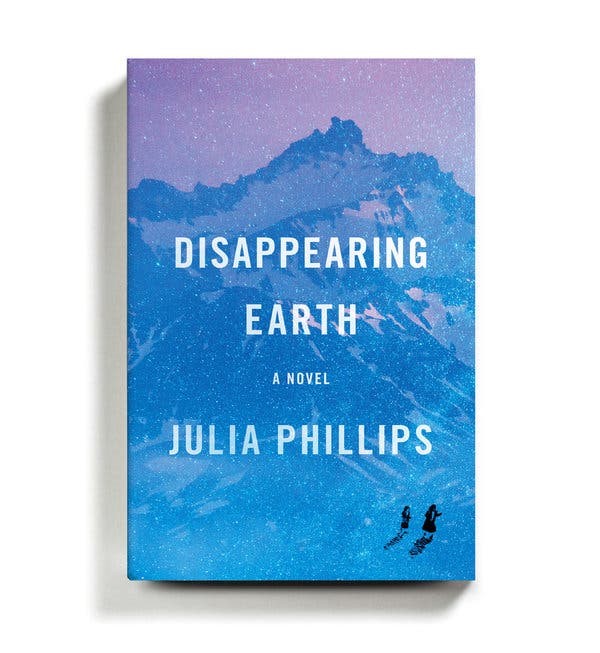 Disappearing Earth
Disappearing Earth
By Julia Phillips
In the first chapter of this assured debut novel, two young girls vanish, sending shock waves through a town perched on the edge of the remote, brooding Kamchatka Peninsula. What follows is a novel of overlapping short stories about the various women who have been affected by their disappearance. Each richly textured tale pushes the narrative forward another month and exposes the ways in which the women of Kamchatka have been shattered — personally, culturally and emotionally — by the crime.
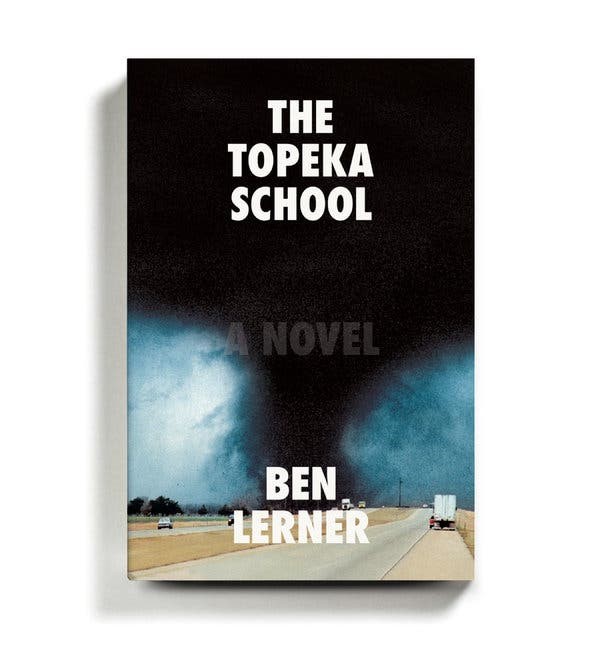 The Topeka School
The Topeka School
By Ben Lerner
Lerner’s exhilarating third novel, after “Leaving the Atocha Station” and “10:04,” rocks an emphatically American amplitude, ranging freely from parenthood to childhood, from toxic masculinity to the niceties of cunnilingus, from Freud’s Oedipus complex to Tupac’s “All Eyez on Me.” Adam Gordon returns as the protagonist, but this time as a high school debate star, and mostly in the third person. Equal portions of the book are given over to the voices of his psychologist parents, and to a former classmate whose cognitive deficits are the inverse of Adam’s gifts. The earlier novels’ questions about art and authenticity persist; but Adam’s faithlessness is now stretched into a symptom of a national crisis of belief. Lerner’s own arsenal has always included a composer’s feel for orchestration, a ventriloquist’s vocal range and a fine ethnographic attunement. Never before, though, has the latter been so joyously indulged, or the bubblicious texture of late Clintonism been so lovingly evoked.
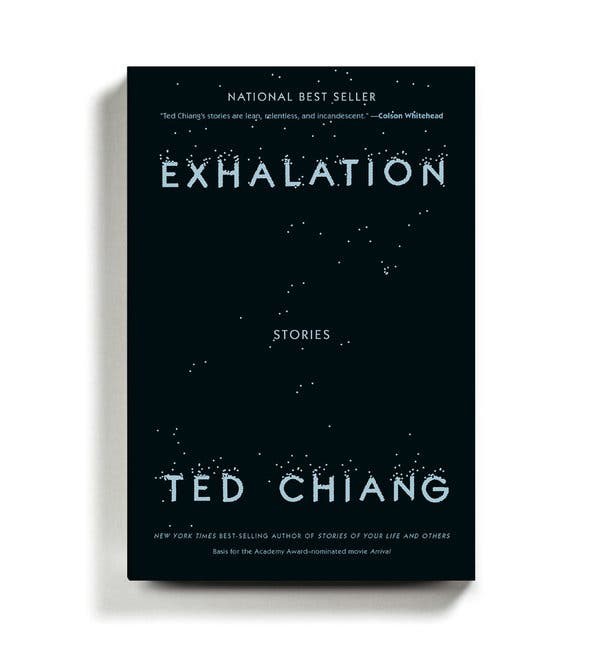 Exhalation
Exhalation
By Ted Chiang
Many of the nine deeply beautiful stories in this collection explore the material consequences of time travel. Reading them feels like sitting at dinner with a friend who explains scientific theory to you without an ounce of condescension. Each thoughtful, elegantly crafted story poses a philosophical question; Chiang curates all nine into a conversation that comes full circle, after having traversed remarkable terrain.
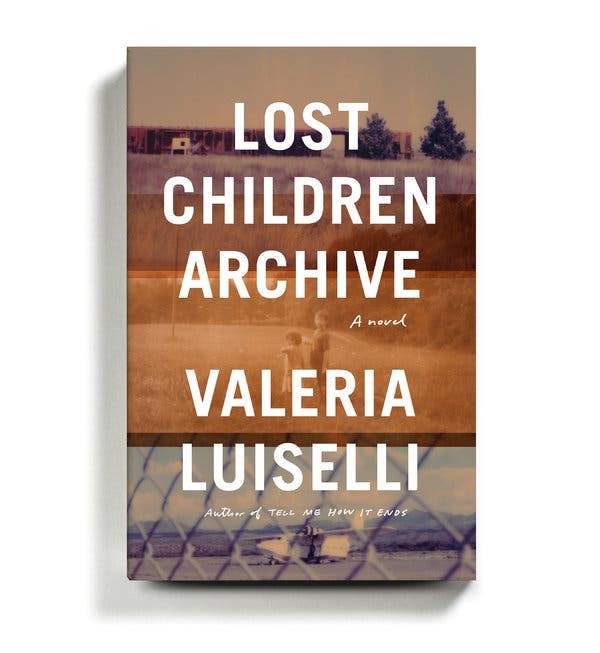 Lost Children Archive
Lost Children Archive
By Valeria Luiselli
The Mexican author’s third novel — her first to be written in English — unfolds against a backdrop of crisis: of children crossing borders, facing death, being detained, being deported unaccompanied by their guardians. The novel centers on a couple and their two children (all unnamed), who are taking a road trip from New York City to the Mexican border; the couple’s marriage is on the brink of collapse as they pursue independent ethnographic research projects and the woman tries to help a Mexican immigrant find her daughters, who’ve gone missing in their attempt to cross the border behind her. The brilliance of Luiselli’s writing stirs rage and pity, but what might one do after reading such a novel? Acutely sensitive to these misgivings, Luiselli has delivered a madly allusive, self-reflexive, experimental book, one that is as much about storytellers and storytelling as it is about lost children.
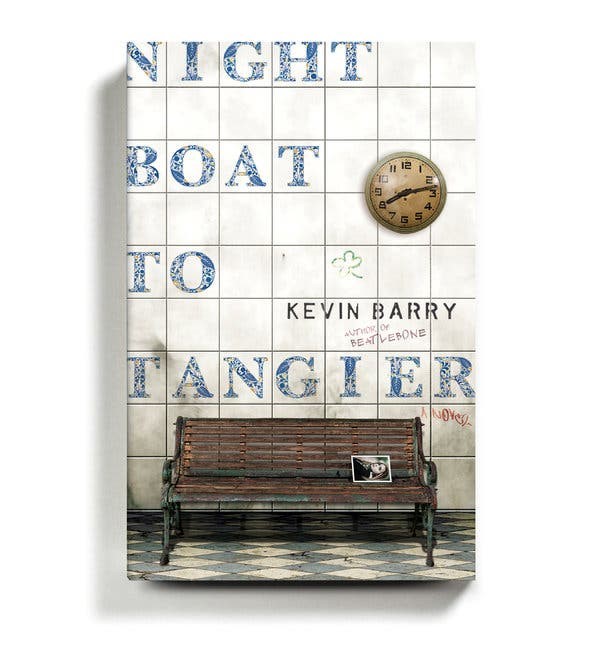 Night Boat to Tangier
Night Boat to Tangier
By Kevin Barr
A desolate ferry terminal on the Spanish coast isn’t a place where you’d expect to encounter sharp-edged lyricism or rueful philosophy, but thanks to the two Irish gangster antiheroes of Barry’s novel, there’s plenty of both on display, along with scabrously amusing tale-telling and much summoning of painful memories. Their lives have become so intertwined that the young woman whose arrival they await can qualify as family for either man. Will she show? How much do they care? Their banter is a shield against the dark, a witty new take on “Waiting for Godot.”
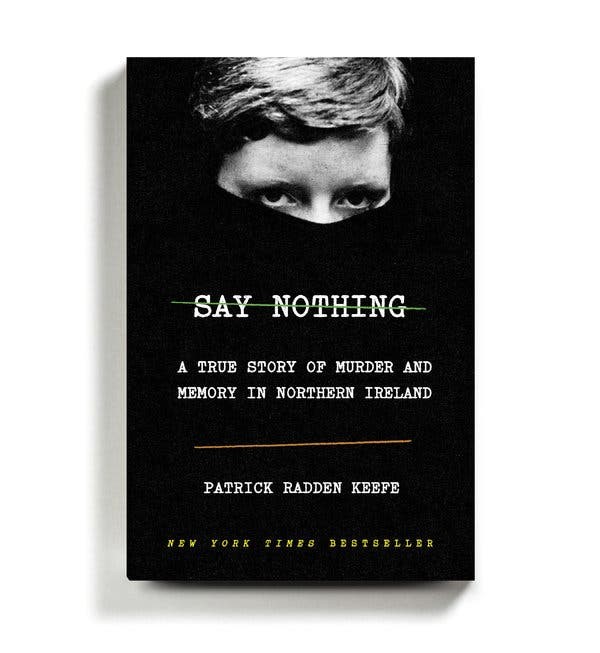 Say Nothing
Say Nothing
By Patrick Radden Keefe
Masked intruders dragged Jean McConville, a 38-year-old widow and mother of 10, from her Belfast home in 1972. In this meticulously reported book — as finely paced as a novel — Keefe uses McConville’s murder as a prism to tell the history of the Troubles in Northern Ireland. Interviewing people on both sides of the conflict, he transforms the tragic damage and waste of the era into a searing, utterly gripping saga.
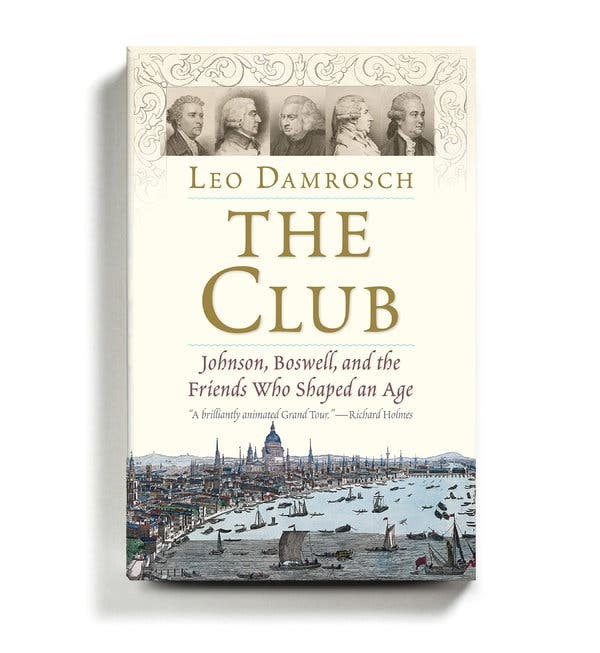 The Club
The Club
By Leo Damrosch
The English painter Joshua Reynolds just wanted to cheer up his friend Samuel Johnson, who was feeling blue. Who knew that the Friday night gab sessions he proposed they convene at London’s Turk’s Head Tavern would end up attracting virtually all the leading lights of late-18th-century Britain? Damrosch brings the Club’s redoubtable personalities — the brilliant minds, the jousting wits, the tender camaraderie — to vivid life, delivering indelible portraits of Johnson and Reynolds, Edmund Burke, Adam Smith, the actor David Garrick, the historian Edward Gibbon and, of course, Johnson’s loyal biographer James Boswell: “a constellation of talent that has rarely if ever been equaled.”
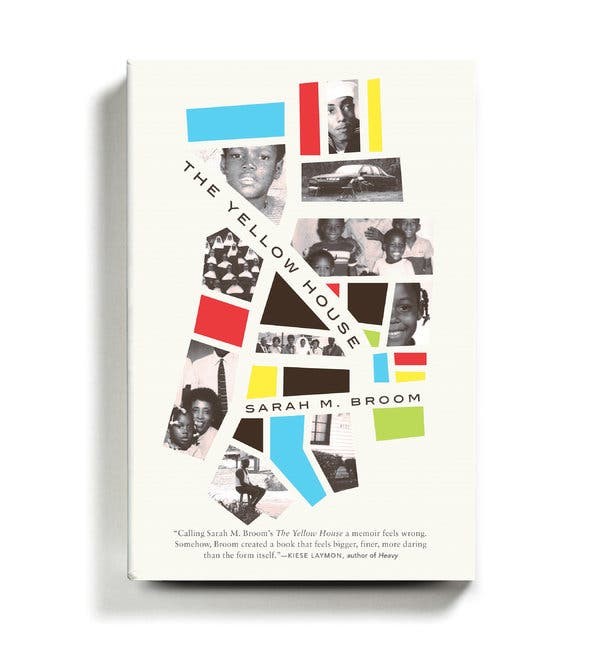 The Yellow House
The Yellow House
By Sarah M. Broom
In her extraordinary, engrossing debut, Broom pushes past the baseline expectations of memoir to create an entertaining and inventive amalgamation of literary forms. Part oral history, part urban history, part celebration of a bygone way of life, “The Yellow House” is a full indictment of the greed, discrimination, indifference and poor city planning that led her family’s home to be wiped off the map. Tracing the history of a single home in New Orleans East (an area “50 times the size of the French Quarter,” yet nowhere to be found on most tourist maps, comprising scraps of real estate whites have passed over), from the ’60s to Hurricane Katrina, this is an instantly essential text, examining the past, present and possible future of the city of New Orleans, and of America writ large.
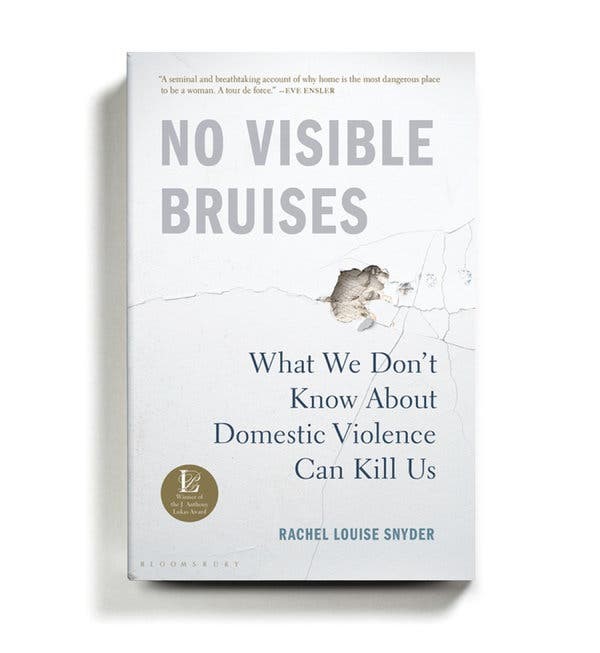 No Visible Bruises
No Visible Bruises
By Rachel Louise Snyder
Snyder’s thoroughly reported book covers what the World Health Organization has called “a global health problem of epidemic proportions.” In America alone, more than half of all murdered women are killed by a current or former partner; domestic violence cuts across lines of class, religion and race. Snyder debunks pervasive myths (restraining orders are the answer, abusers never change) and writes movingly about the lives (and deaths) of people on both sides of the equation. She doesn’t give easy answers but presents a wealth of information that is its own form of hope.
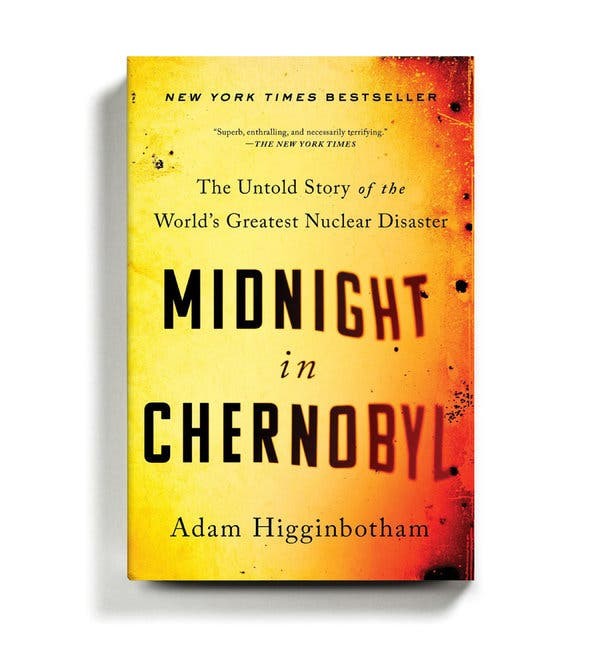 Midnight in Chernobyl
Midnight in Chernobyl
By Adam Higginbotham
Higginbotham’s superb account of the April 1986 explosion at the Chernobyl nuclear power plant is one of those rare books about science and technology that read like a tension-filled thriller. Replete with vivid detail and sharply etched personalities, this narrative of astounding incompetence moves from mistake to mistake, miscalculation to miscalculation, as it builds to the inevitable, history-changing disaster.

